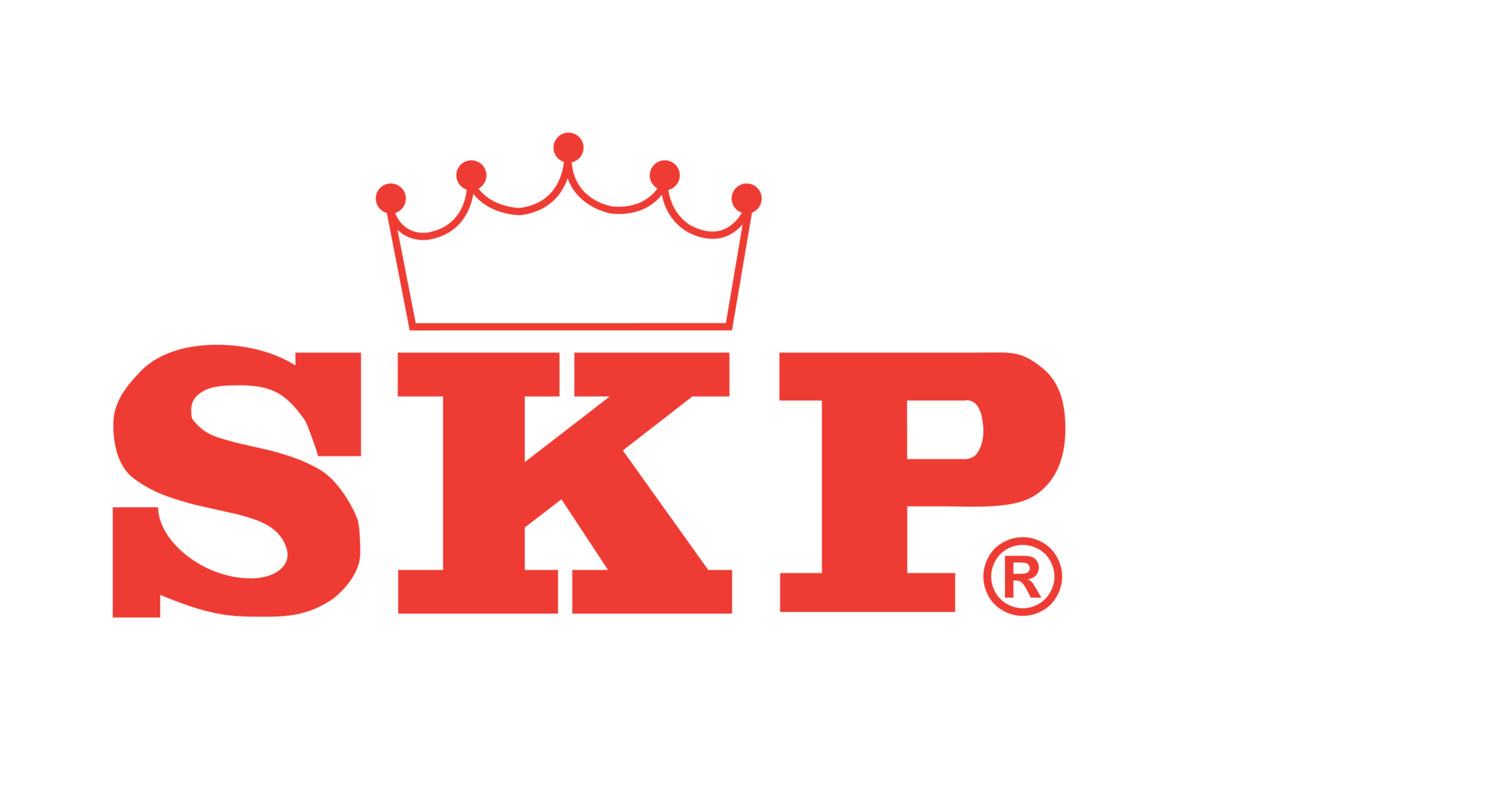How To Incorporate Brand Identity Into Food Packaging Designs
Creating a strong brand identity is essential for any business, especially in the competitive food and beverage industry. One of the most effective ways to achieve this is through well-designed food packaging that not only protects the product but also conveys the essence of the brand. Integrating brand identity into food packaging involves a careful blend of design elements, material choices, and a deep understanding of the target audience.
Here’s a comprehensive guide on how to successfully incorporate your brand identity into food packaging designs.
Understanding brand identity
Before diving into the specifics of packaging design, it’s essential to understand what constitutes brand identity. Brand identity encompasses the visual and emotional attributes that define your brand in the eyes of consumers. It includes the logo, colour palette, typography, imagery, and the overall style and tone of the brand. These elements collectively create a distinct and recognisable presence in the market.
The role of packaging in brand identity
Food packaging is more than just a container; it is a tangible representation of your brand. Effective packaging design can attract customers, communicate key information, and foster brand loyalty. Here are several key aspects to consider when incorporating brand identity into food packaging designs:
1. Visual consistency
Consistency is crucial in reinforcing brand identity. Ensure that your packaging design aligns with your brand’s visual elements. Use the right fonts, colours, and logo placement across all packaging to create a cohesive look. For instance, if your brand uses a minimalist design language, reflect that simplicity in your packaging.
2. Material selection
The choice of materials plays a significant role in how your brand is perceived. For eco-conscious brands, opting for sustainable materials like paper food packaging or biodegradable plastics aligns with their environmental ethos. In Singapore, where there’s a growing trend towards sustainability, using eco-friendly materials can enhance your brand’s reputation. Paper food packaging, in particular, is not only environmentally friendly but also versatile in terms of design.
3. Functional design
While aesthetics are important, functionality should not be compromised. Packaging should protect the food, be easy to handle, and provide convenience to the consumer. Efficient packaging designs, for example, incorporating easy-to-open features or resealable options, can improve user experience, thereby positively reflecting on your brand.
4. Storytelling through packaging
Packaging offers a unique opportunity to tell your brand’s story and plays a crucial role in winning customers over. Use the space to convey your brand’s history, values, or the journey of your product. This could be through a brief narrative, interesting facts, or even through visual storytelling with illustrations and images. This approach not only engages consumers but also builds a deeper emotional connection with them.
5. Cultural relevance
Incorporating cultural elements that resonate with your target audience can make your packaging stand out. In a diverse market like Singapore, understanding and integrating local cultural aspects can greatly enhance the appeal of your product. This could be through design motifs, language, or even the choice of packaging colours that have cultural significance.
Best practices for food packaging design
1. Clarity and simplicity
Avoid cluttering your packaging with too much information. Keep the design clean and ensure that the most important information, such as the product name, ingredients, and brand logo, is easily readable. Simplicity in design can convey a sense of sophistication and quality.
2. Innovative shapes and structures
Experimenting with the shape and structure of your packaging can create a memorable impression. Unique shapes not only catch the eye but also enhance the functionality of the packaging. For example, ergonomic designs that make the product easier to handle can add value for the consumer.
3. High-quality imagery
Using high-quality images can greatly enhance the visual appeal of your packaging. Whether it’s a photo of the product or a related image that conveys the brand’s essence, make sure the imagery is clear, vibrant, and professionally produced.
4. Interactive elements
Incorporating interactive elements such as QR codes can engage consumers further, transforming product experiences through connected packaging. QR codes can lead to promotional content, brand stories, or even recipes, providing added value and encouraging repeat purchases.
5. Customisation options
Offering customisation options, such as custom-printed food packaging, can create a personal connection with consumers. This can be particularly effective for gift items or special editions. Personalised packaging can make the product feel more exclusive and tailored to individual preferences.
Conclusion
Incorporating brand identity into food packaging design is a multifaceted process that involves visual consistency, thoughtful material selection, functional design, storytelling, and cultural relevance. By carefully considering these aspects, brands can create packaging that not only protects and preserves their products but also communicates their unique identity and values to consumers.
For businesses looking to enhance their brand through packaging, partnering with a reliable supplier is crucial. In Singapore, SKP is a trusted supplier of disposable food packaging solutions. Whether you need sustainable paper food packaging or wooden cutlery in Singapore, SKP offers a wide range of products that can help bring your brand identity to life through innovative and eco-friendly packaging solutions.

